The fusion of Artificial Intelligence (AI) and Blockchain technology is poised to reshape industries, enhance security, and create more intelligent systems. While these two technologies are already powerful on their own, together, they offer transformative potential for the digital world. But how exactly can AI and Blockchain work together to create a new era of secure and intelligent systems?
Understanding the Synergy Between AI and Blockchain
At their core, AI focuses on machine learning, automation, and data analysis to make intelligent decisions, while Blockchain provides decentralized, transparent, and tamper-proof record-keeping. Although their functions are distinct, when combined, these technologies can complement and enhance each other in various ways:
- Blockchain for Data Integrity: AI thrives on data, but the quality and trustworthiness of that data are paramount. Blockchain ensures that the data AI relies on is immutable and transparent, preventing manipulation and increasing trust.
- AI for Smarter Blockchain: Blockchain is often criticized for its scalability and efficiency issues. AI can help optimize consensus mechanisms, enhance transaction speeds, and improve overall blockchain network management by learning and predicting optimal solutions.
Applications of AI and Blockchain Together
- Decentralized AI Models: Traditional AI models are centralized, relying on central repositories of data. By combining AI with blockchain, AI models can be decentralized, ensuring that data and models are distributed across the network, reducing the risks of data monopolies and improving data privacy.
- Enhanced Security in AI Systems: Blockchain’s cryptographic techniques provide an extra layer of security for AI systems. For example, AI models and their training data can be stored on a blockchain, ensuring they remain unaltered and tamper-resistant, which is crucial for industries such as finance, healthcare, and autonomous systems.
- Data Marketplace and AI Training: AI models require vast amounts of data to train effectively. Blockchain can facilitate secure, transparent, and decentralized data marketplaces where data owners can monetize their data, and AI developers can access high-quality data while ensuring the privacy and integrity of the data shared.
- Smart Contracts and Autonomous Systems: Smart contracts powered by blockchain can automate processes and transactions in AI systems, enabling self-executing, transparent, and tamper-proof contracts. This can be useful in industries like supply chain management, insurance, and healthcare, where AI systems make decisions based on pre-defined criteria and contracts.
Potential Challenges and Solutions
While the combination of AI and Blockchain holds tremendous promise, challenges remain:
- Scalability: Blockchain’s limited throughput could hinder the performance of data-heavy AI systems. Solutions like layer-2 protocols, sharding, and more efficient consensus algorithms can address scalability issues.
- Regulation: The integration of AI and blockchain could lead to legal challenges, especially regarding data privacy, ownership, and liability. Clearer regulatory frameworks will be needed to ensure these technologies are adopted safely and responsibly.
- Complexity: Implementing AI and blockchain together requires specialized knowledge. However, as these technologies mature, the development of simpler tools and frameworks will lower the barriers to entry for businesses and developers.
The Future Outlook: Intelligent, Transparent, and Secure Systems
The collaboration between AI and Blockchain promises a future of systems that are not only intelligent but also secure, transparent, and decentralized. As blockchain ensures the integrity of the data that AI uses, and AI optimizes blockchain systems, we are likely to see breakthroughs in industries like finance, healthcare, supply chain management, and autonomous vehicles.
In the long run, this combination will enable businesses to build smarter, more efficient, and trustworthy systems that operate in a decentralized environment. The fusion of these two powerful technologies has the potential to create a more open, secure, and intelligent future for the digital world.


